
File extensions exist so that the OS can correctly recognize the object and select the necessary program for opening it. In Windows 10, the file type is hidden by default for the convenience of the user.
Or you can use the "Explorer parameters".
- Press the Win + R combination and copy the value below:
Rundll32.exe shell32.dll, options_rundll 7
Or clamp Win + S and enter the "Dispatcher".
- In the "Task Manager", open the "File" - "Run a new task".
- Now insert the strings you need.
- In the "View" tab, find "hide extensions ..." and remove the mark.
- Apply settings.

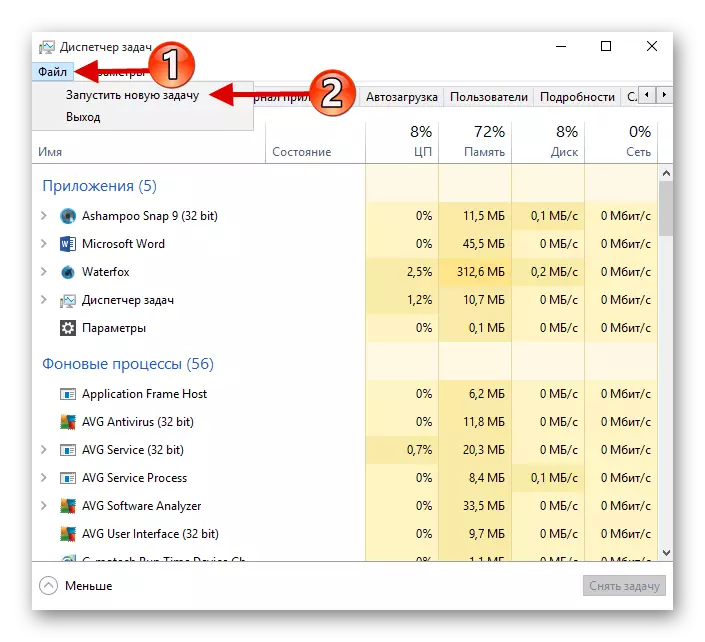
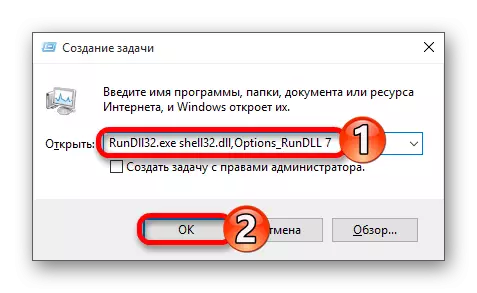
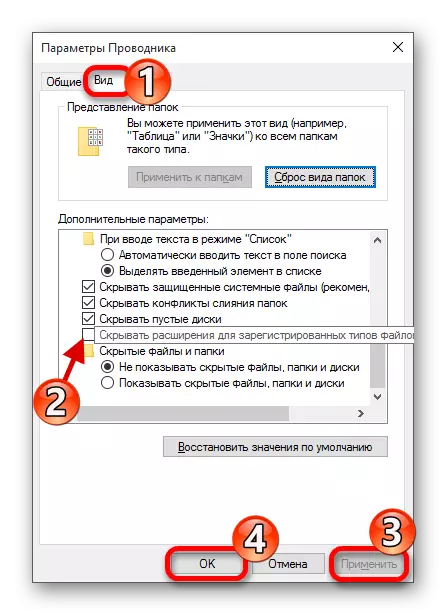
Method 1: XYplorer
Xyplorer is one of the rapid and advanced file managers. It has a convenient tab design, flexible settings, double panel and much more. This program is paid, but there is a trial version for 30 days. The Russian language is supported.
Download xyplorer from the official site
- Run the program and find the desired file.
- Click on it right-click and select "Rename".
- Specify the desired expansion after the point.
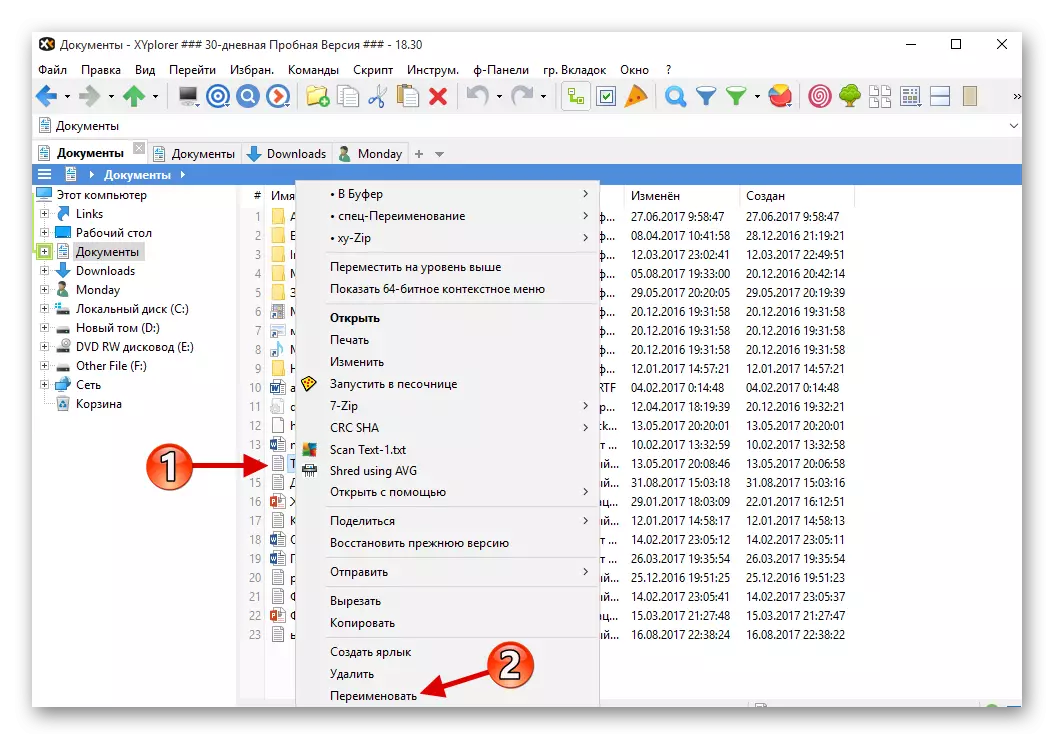
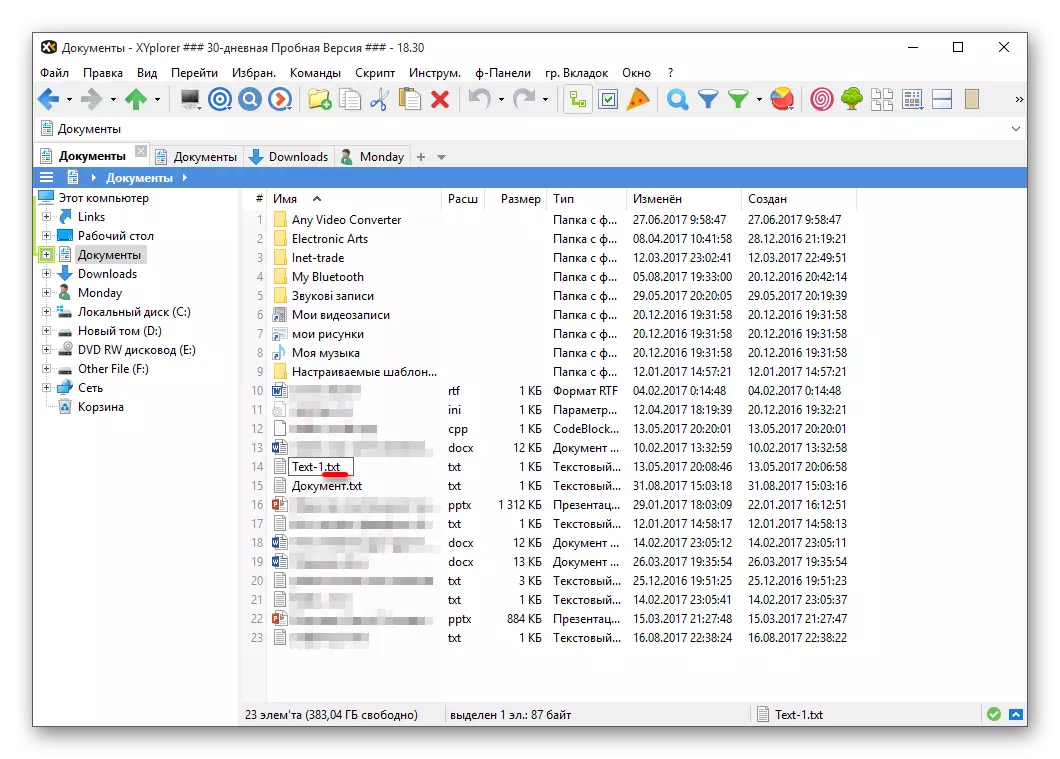
You can also change the extension of multiple files simultaneously.
- Highlight the number of objects you want and call the context menu.
- Find the item "Rename".
- Now specify the name, place the point, specify the desired type and enable "/ E" after it.
- Click "OK" to confirm the changes.
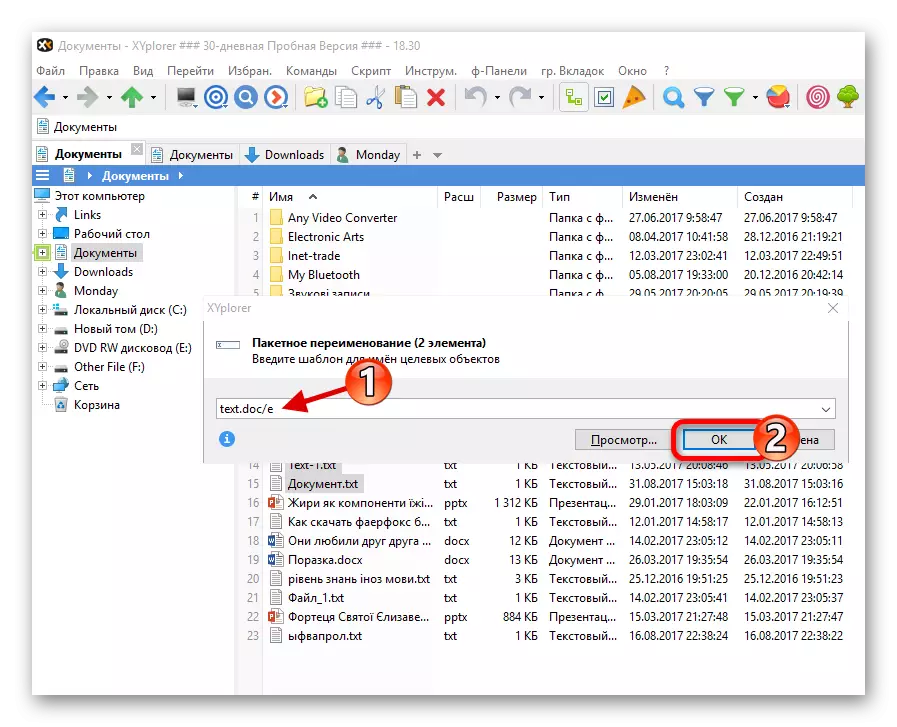
You can get advice and detailed information by clicking on a round icon with the letter "I". If you need to find out the correctness of renaming, then click on "view ...". On the right column you will be displayed.
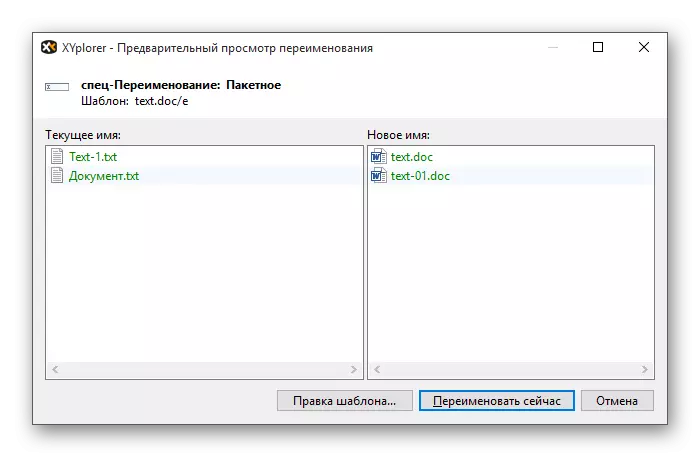
Method 2: Nexusfile
NexusFile has two panels, the ability to customize the appearance of your taste, provides ample opportunities to rename files and contains other useful functions. It applies for free and supports a large number of languages, including Russian.
Download nexusfile from the official site
- Call the context menu on the desired object and click on "rename".
- In a specially selected field, write the necessary extension and save.
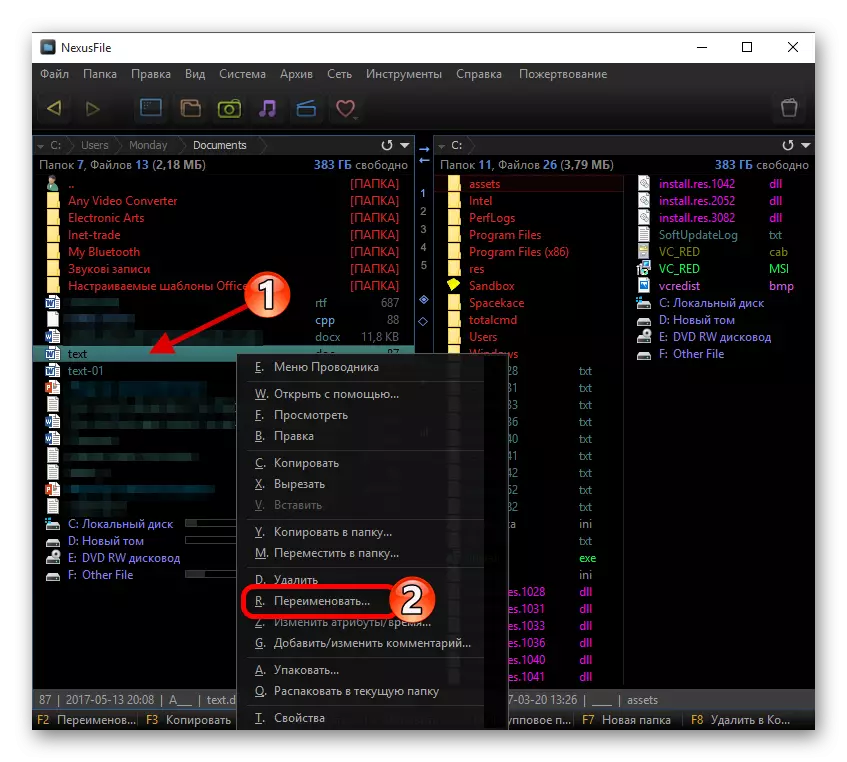

In Nexusfile, unlike Xyplorer, you cannot specify a certain extension to all selected files, but you can specify the desired data in turn separately for each file. In some cases it can come in handy.

Method 3: "Explorer"
Using a standard "Explorer", you can change the type of any desired object. This happens relevant when the downloaded object does not have expansion at all, but you know exactly what it should be, for example, .Fb2 or .Exe . However, there are different situations.
- Click on the desired file with the right mouse button and in the context menu, click on Rename.
- After the name of the object should stand the point and the type of expansion.
- Press ENTER to save the changes.
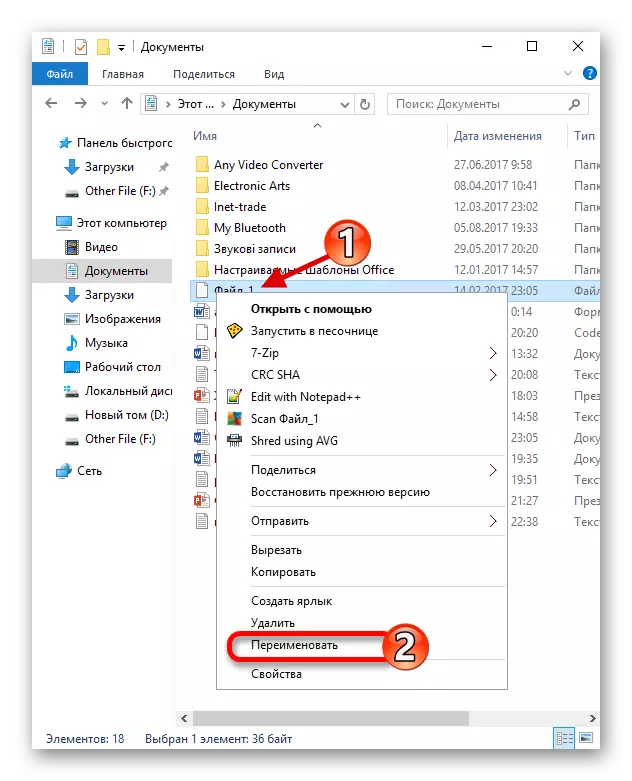
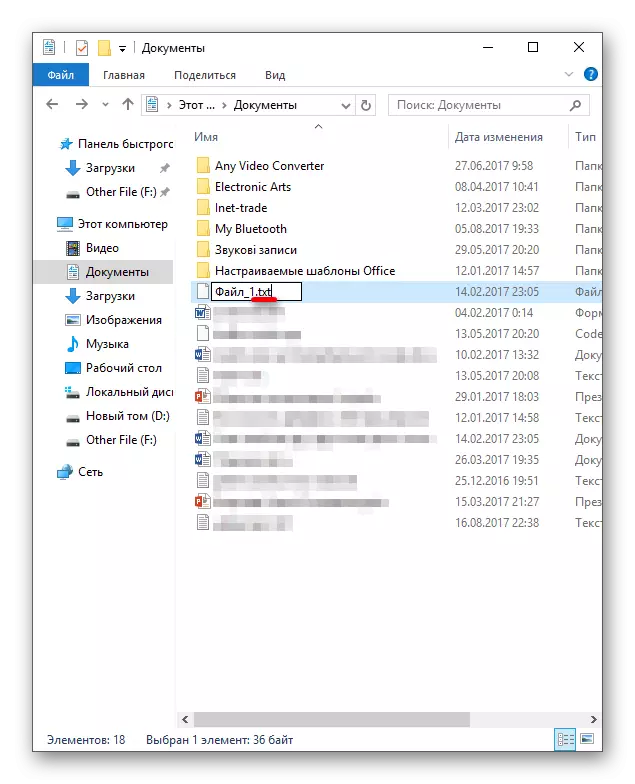
Method 4: "Command String"
Using the "command line" you can change the type of multiple objects.
- Find the desired folder, clamp the SHIFT on the keyboard and right-click on it. You can also go to the desired folder, clamp shift and call the context menu anywhere.
- Select Open commands window.
- Enter such a command:
Ren * .wav * .wma
* .wav is the format to be changed.
* .wma - extension to which all files in format will be changed .Wav.
- To execute, press ENTER.
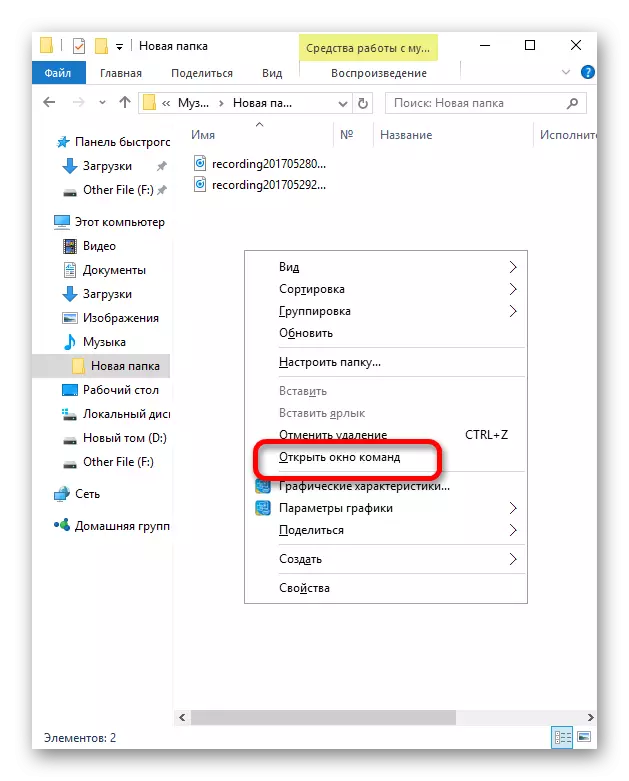

These are ways to change the type of files. Keep in mind that in some cases it is worth using conversion if you want to view content in a correct form (you can find out more about this procedure in a special section on our website). Equally important to take into account the compatibility of extensions.
